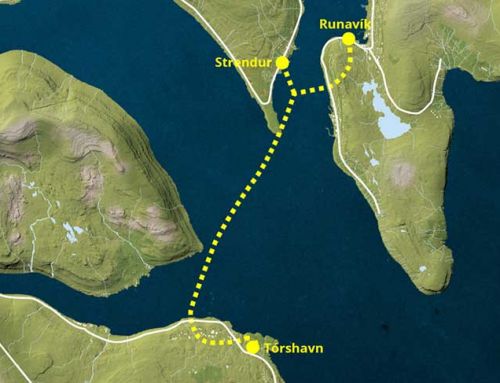In BIM (Building Information Modelling) methodology, a project does not end after its design has been completed. The fourth dimension, or 4D BIM, is still missing. This adds the time factor to the model and enables the scheduling and simulation of construction in a digital environment. The advantages of this step forward are remarkable, namely:
–Scheduling and sequencing accuracy: it facilitates comprehensive project visualisation over time, scheduling and accurate task sequencing that reduces delays and conflicts on site.
–Early problem detection: BIM 4D identifies potential issues prior to design execution and enables us to resolve them, saving costly setbacks and ensuring a smooth workflow.

–Improved communication: visualisation of the project over time provides a clear understanding of its development and therefore helps to improve communication between the design and construction teams.
–Resource optimisation: at the same time, it helps to optimise manpower and equipment by scheduling them efficiently, again leading to significant cost savings.
–Enhanced safety: the temporary virtual simulation allows to identify and mitigate safety risks and, consequently, avoid incidents on site.
As we can see, the 4D BIM methodology revolutionises construction project management, by providing a detailed view over time. It improves efficiency, reduces costs and ensures a safe construction environment, in a world where time is a valuable resource.
By David González Molina, BIM Manager at Amusement Logic’s Architecture Dept.
RELATED STORIES
Newsletter



